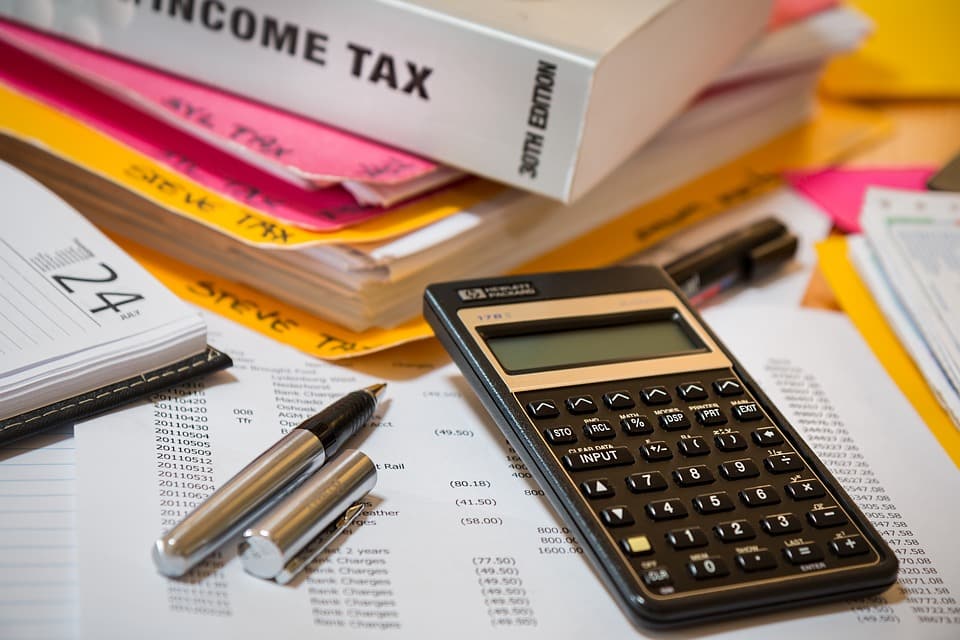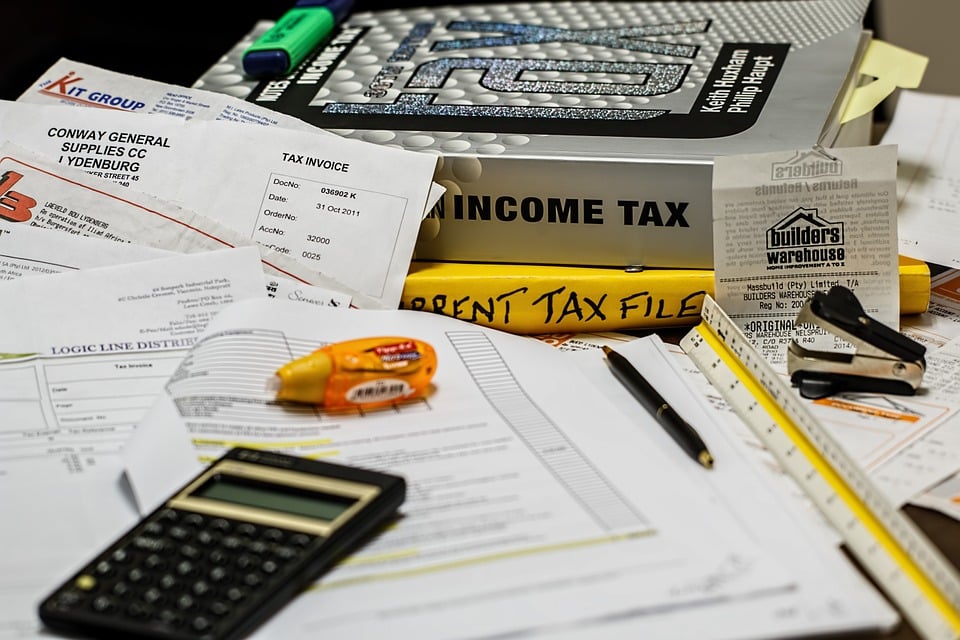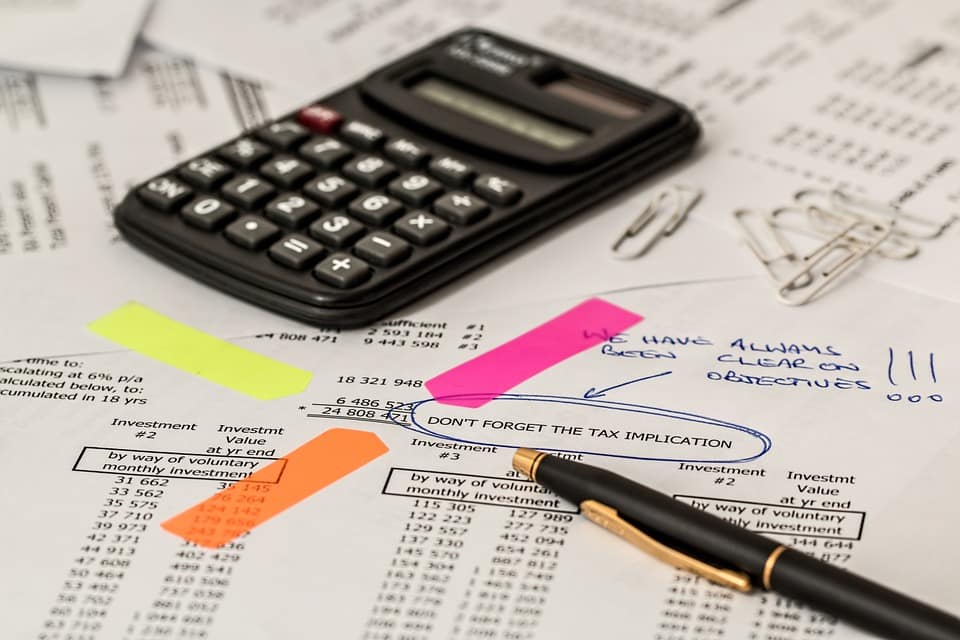We all have to do our taxes. It’s something we do every year, and some of us enjoy this experience more than others. How does income tax work in a bankruptcy though? If you file an assignment into bankruptcy, you will notice there is a slightly different way that taxes must be filed than you would usually.
Income Tax Returns
First, let’s cover how the Canada Revenue Agency approaches the collection of income taxes normally. It’s quite straightforward. The CRA issues a Notice of Assessment or Reassessment to the taxpayer, and all taxes assessed and determined to be owing, are to be paid in full, pursuant to the Income Tax Act (ITA).
When an assignment into bankruptcy is made, the taxation year is split into two periods of time. There is the pre-bankruptcy period and the post-bankruptcy period. Pre-bankruptcy comes to an end the day before the date of filing an assignment into bankruptcy. Post-bankruptcy begins on the date of bankruptcy and ends on December 31.

If the date of bankruptcy was October 31, the pre-bankruptcy would end October 30, and the post-bankruptcy would cover October 31 – December 31.
Pre-bankruptcy debt is included in your filing. It is discharged upon successful completion of the bankruptcy. Post-bankruptcy debt is not dischargable. The individual filing an assignment into bankruptcy remains liable to the CRA for payment of the post-bankruptcy debt.
Outstanding Income Tax Returns
The Licensed Insolvency Trustee (LIT) is not liable to make any return that the individual filing bankruptcy was required to make more than one year prior to the commencement of the calendar (or fiscal) year in which the individual became bankrupt. The individual filing an assignment has an obligation under the Income Tax Act to file all of their outstanding returns. This is pursuant to section 22 of the Bankruptcy and Insolvency Act (BIA). If there is a liability owing to the Canada Revenue Agency arising from these previous years tax assessments, the tax liability is a claim provable in the bankruptcy and dischargable. This sounds confusing, but is much more simple with an example:

If there is a refund from the pre-bankruptcy period, Canada Revenue Agency can offset the refund against prior years tax liabilities. They can also offset it against an enforcement maintenance that is registered with Canada Revenue Agency (such as child support and student loans). When there is no tax liability owing or enforcement maintenance registered, the pre-bankruptcy refund would be sent to the LIT for the general benefit of the bankrupt’s creditors.
The LIT does have the option to file the prior tax returns, if they determine there may be significant refunds for the bankruptcy estate. This is pursuant to section 22 of the Bankruptcy and Insolvency Act. It ensures the LIT can capture any income tax refunds or GST/HST tax credits that may become available to the bankruptcy estate.
Pre-bankruptcy Personal Income Tax Return
If the assignment into bankruptcy were to occur in the year 2019, the LIT would file the pre-bankruptcy return in 2020. As a reminder, if there was a pre-bankruptcy refund, Canada Revenue Agency can off-set against prior years tax liability, or an enforcement maintenance registered. If neither of those exist, Canada Revenue Agency will send the refund to the LIT for the general benefit of the bankrupt’s creditor’s.
If there is a tax liability owing to Canada Revenue Agency from the pre-bankruptcy return, the liability is a claim provable in the bankruptcy and is dischargable. The individual filing an assignment into bankruptcy will not be held liable for payment of pre-bankruptcy tax liability.
Post-bankruptcy Personal Income Tax Return
We will continue on with the example of the assignment into bankruptcy occurring in the year 2019. In the year 2020 the individual filing the assignment into bankruptcy is obligated to file the post-bankruptcy tax return with the Canada Revenue Agency. Although the LIT is not obligated to file this return, they often will on behalf of the bankrupt individual.
If this filing results in a refund, Canada Revenue Agency can off-set where there is an enforcement maintenance registered. Where there is no post-bankruptcy tax liability or enforcement maintenance registered, Canada Revenue Agency will send the refund to the LIT, for the general benefit of the bankrupt’s creditor’s.
Finally, if the post-bankruptcy filing results in a lax liability owing to Canada Revenue Agency the tax liability can not be included in the assignment into bankruptcy because it is not a claim by the bankruptcy estate. Canada Revenue Agency will send a Notice of Assessment or Reassessment to the individual filing the assignment into bankruptcy. The individual is liable for payment of the post-bankruptcy tax liability.

High-Tax Debtor Status
If the individual filing an assignment into bankruptcy has over $200,000 of personal income tax debt, or the personal income tax debt represents 75% or more of the total unsecured proven claims, section 172.1 of the Bankruptcy and Insolvency Act states they will not be eligible for automatic discharge. GST/HST payable is not included in the calculation for the high-tax debtor; however, taxes on additional income arising from shareholder loans, draws or dividends, is included in the calculation of the high-tax debtor.
For the high-tax debtor’s discharge, the LIT will bring the bankrupt’s application for discharge before the court for a hearing. The individual filing the assignment into bankruptcy is required to attend this hearing. The type of discharge order that the court imposes, as well as the factors that the court considers in deciding the bankrupt’s discharge application differ from that of a bankruptcy filed by a non high-tax debtor. In order to avoid this necessity, a high-tax debtor should consider looking into a consumer proposal under the BIA.
We hope this has helped answer the question of “How does income tax work in a personal bankruptcy?” If you’re struggling financially, come see us for a free consultation. At the consultation, we will explore all your financial options in order to help you with a fresh start!

